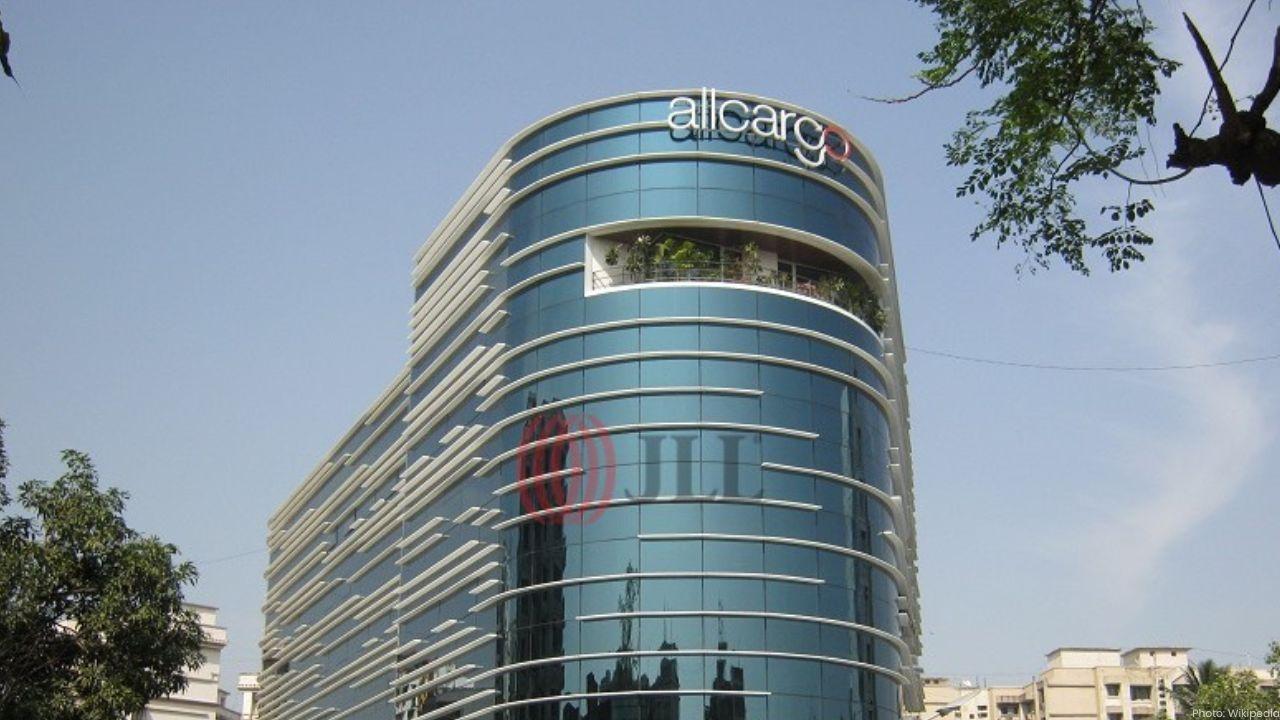
Post by : Meena Rani
India’s road freight sector is witnessing an unprecedented surge as the country prepares for a significant overhaul of the Goods and Services Tax (GST). The new GST rates are set to come into effect on September 22, 2025, and they are expected to simplify the tax structure, reduce costs on several products, and boost consumer demand. Combined with the approach of the festive season, these changes are creating a spike in orders, shipments, and transportation activity across the country.
Transporters, logistics firms, and warehouses are already reporting higher volumes of bookings, with demand spreading across multiple sectors such as automobiles, electronics, FMCG products, and e-commerce deliveries. The period leading up to the GST implementation is proving to be particularly busy, as businesses and consumers alike adjust their purchasing and shipping plans to take advantage of the new tax rates.
GST Overhaul: Simplifying Taxes and Boosting Demand
The GST Council recently announced a revamp of the GST system to simplify rates and classifications. Certain goods and products have had their rates reduced, which is expected to make them more affordable for consumers. This has led to a pattern where customers delay purchases until the new rates are applied, creating a temporary lull followed by a sudden surge in buying activity once the GST changes kick in.
Retailers and manufacturers have been preparing for this demand spike for months. The expectation is that the GST changes will encourage people to buy more products during the upcoming festive season, particularly those items that are usually popular for gifting or celebrations. These include electronics, kitchen appliances, personal care products, and even vehicles.
Logistics Sector: Preparing for a Challenging Surge
India’s logistics and road freight sector is currently preparing for what industry experts are calling a “stress test” period. The anticipated surge in demand is expected to push the sector to its limits, as transporters will have to manage increased volumes of goods efficiently. Many companies are expanding their fleets, hiring temporary drivers, and revising delivery schedules to handle the spike in shipments.
Experts note that the timing of the GST overhaul, coinciding with the festive season, is a unique challenge. Normally, the festive season alone causes a noticeable increase in freight volumes, but the added factor of tax changes amplifies the pressure. Businesses must plan carefully to ensure that they can meet delivery deadlines while keeping operational costs under control.
Automotive Sector Gears Up for Festive Demand
One of the sectors expected to see the largest impact is the automobile industry. Car and two-wheeler manufacturers, along with dealerships, have reported strong pre-festive sales bookings. Buyers are strategically waiting for the GST rate reductions before making purchases, leading to a concentrated surge in demand around the time the new taxes take effect.
Dealers are preparing for this demand by increasing stock availability, offering pre-festive promotions, and expanding test-drive facilities. While the surge is expected to be significant, manufacturers caution that there may also be temporary delays in delivery as the demand spike could outpace logistics capacity.
E-Commerce Preparedness for Increased Deliveries
E-commerce platforms are another critical part of the supply chain that is preparing for a surge. Online retailers expect a wave of orders in categories such as electronics, fashion, home goods, and personal care items. This requires robust logistics planning, including warehouse management, last-mile delivery coordination, and temporary staffing increases.
Many online platforms have already started encouraging early shopping through special campaigns, offering discounts and fast delivery options. The goal is to spread demand over several weeks to prevent bottlenecks, although experts expect a sharp peak in the days immediately after GST implementation.
Challenges for Supply Chains
While the demand surge presents significant opportunities for growth, it also brings a host of challenges. The logistics sector faces operational stress due to sudden volume increases. Warehouses may become overcrowded, transportation routes may face congestion, and the availability of drivers and trucks may become limited.
Companies are also closely monitoring fuel prices, toll costs, and labor availability, all of which can affect profitability during high-demand periods. Efficient supply chain planning, route optimization, and real-time tracking systems are expected to play a key role in ensuring smooth operations.
Regional Differences in Freight Surge
The surge in road freight is not uniform across India. Certain regions, particularly metropolitan cities and industrial hubs, are seeing higher activity than rural areas. Cities such as Mumbai, Delhi, Bengaluru, Chennai, and Hyderabad are reporting a notable increase in shipments. This is largely because these cities are major consumer markets and also key logistics centers with large warehousing infrastructure.
Meanwhile, regions with high agricultural or manufacturing activity are experiencing a rise in industrial freight, including machinery, raw materials, and production inputs. This diverse demand pattern means that logistics companies must plan differently for urban and rural transport requirements.
Industry Outlook and Opportunities
Industry analysts believe that the GST overhaul, combined with festive season consumption, offers an opportunity for the logistics sector to improve operational efficiency and demonstrate capacity for handling high-volume periods. Companies that can manage this surge effectively may see long-term gains in customer trust and business growth.
Experts also note that this period could accelerate modernization in the logistics sector. Investments in technology, digital tracking systems, automated warehouses, and fleet management solutions are likely to increase as companies prepare for future surges.
The upcoming GST revamp and festive season together are creating a “perfect storm” for India’s road freight and logistics sector. While the surge in demand is a positive sign of economic activity and consumption, it also presents operational and logistical challenges. Businesses across manufacturing, retail, and e-commerce are working tirelessly to ensure they can meet the demand efficiently.
As September 22 approaches, the logistics sector will be under scrutiny. Successful navigation of this period will not only ensure smooth delivery of goods but also provide a boost to overall economic activity, reflecting India’s growing consumption patterns and the increasing role of logistics in driving the country’s trade and commerce.
GST overhaul, road freight surge, festive season demand










GST Overhaul Triggers Massive Road Freight Surge in India
India braces for a huge spike in road freight as the GST overhaul and festive season drive consumpti

United CEO Warns Spirit Airlines May Not Survive Financial Struggles
United Airlines CEO predicts Spirit Airlines could go out of business due to repeated bankruptcies a

Allcargo Opens Panapakkam Logistics Park Near Chennai
Allcargo Supply Chain Launches Panapakkam Logistics Park to Boost Southern India Distribution with M

HAL Receives Third GE-404 Engine for LCA Mk1A Fighter Jet
HAL has received the third GE-404 engine from the U.S. for the LCA Mk1A fighter jet program, with an

GlobalLogic Ericsson Launch Private 5G at Hitachi Rail Plant
GlobalLogic and Ericsson have deployed a private 5G network at Hitachi Rail’s Hagerstown facility, e

Honda Cuts Bike & Scooter Prices by Up to ₹18,887
Honda lowers prices of bikes and scooters under 350cc by up to ₹18,887, making commuting more afford